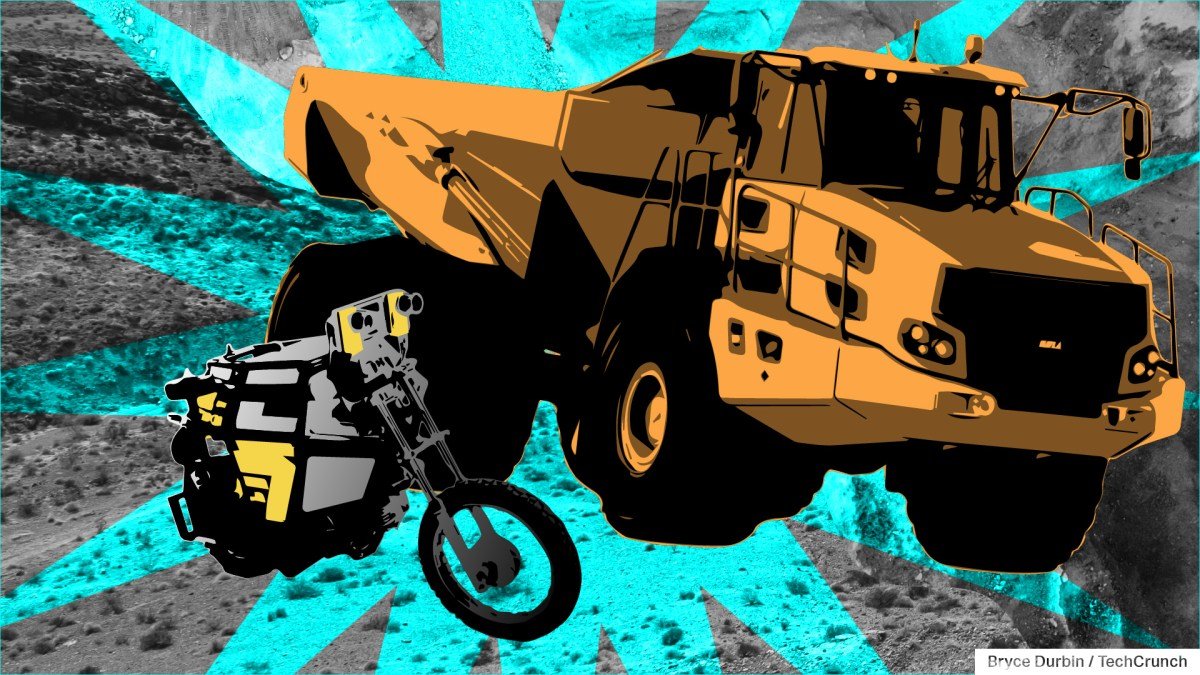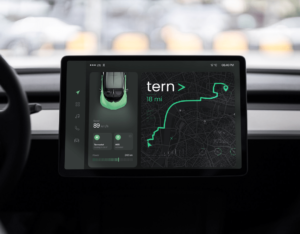It has been two decades since the development of the groundbreaking Ghostrider, the first driverless motorcycle, as part of the DARPA Grand Challenge. This event is widely recognized as the dawn of autonomous vehicles, a revolutionary concept that promised to change the future of transportation. However, despite rapid advances in technology, the widespread use of autonomous vehicles is still years away from becoming a reality.
As we approach the 20th anniversary of Ghostrider in 2024, the year is shaping up to be another major turning point for autonomous vehicles, particularly in the off-road industries.
Looking back, eight years ago, my company, Otto, successfully deployed an 18-wheeler for the first autonomous commercial delivery. The truck transported 50,000 cans of Budweiser from Fort Collins, Colorado, to Colorado Springs, covering a distance of 135 miles without a human driver. This milestone was an indication of the potential for autonomous vehicles to revolutionize the way goods are transported. However, the next steps towards widespread adoption proved to be more challenging.
Driving on highways brought new challenges and consequences, far more severe than a robotaxi causing a traffic jam in San Francisco. (Note to San Franciscans: Please stop cone-ing the robots.) This forced us to rethink and improve safety measures, recognizing it as the most crucial measure for autonomous vehicle deployment.
However, with such rapid advances, there is still a lack of industry consensus on how to accurately measure safety for both robotic and human drivers. This is where the off-road industries come into the picture. In hazardous and often dull and difficult conditions, autonomous vehicles have proven to be more efficient, faster, and safer than human-driven vehicles. Additionally, they eliminate the risk of human injuries, making them an attractive option for commercial operations. The use of autonomous vehicles in these industries has also led to increased profits, further incentivizing their deployment.
Companies like Pronto, ASI, Caterpillar, and Komatsu have already successfully deployed autonomous solutions in industries such as agriculture, construction, and mining. They have not only found higher efficiency in their operations but also reduced the environmental impact of these sectors.
The road ahead for Tesla is also a significant talking point in the conversation about self-driving vehicles. Like Tesla, Pronto’s camera-based technology uses AI to interpret a robot car’s surroundings, similar to a human driver.
In fact, I am confident that in 2024, Tesla will accomplish its long-awaited goal of completing a cross-country autonomous road trip, making them the second company to drive coast to coast without human intervention.
Moreover, I anticipate that Tesla’s technology will continue to advance, with the introduction of features such as “FSD Supercharge.” This feature would allow vehicles to wait in a queue and then automatically drive up to the next available charger, removing the need for human intervention. Pronto trucks are already capable of such operations, and I am willing to offer our engineering expertise to help Tesla achieve this goal.
However, despite the progress made, safety remains the top concern in the deployment of autonomous vehicles. Companies use varying methodologies to estimate safety, such as miles per critical intervention (MPCI), where a human safety driver takes over during unclear situations. But as long as models cannot accurately predict a self-driving car’s behavior, on-road testing remains crucial. Unfortunately, current testing methods often yield subjective safety assessments across companies. To address this, policymakers need access to more definitive safety data to inform regulations and widespread deployment of autonomous vehicles.
To sum it up, 2024 will truly be the year of the robot, as we see autonomous vehicles step out of demo mode and into real-world applications. These vehicles will not only add value but also lead us towards a more efficient, safer, and greener future.








